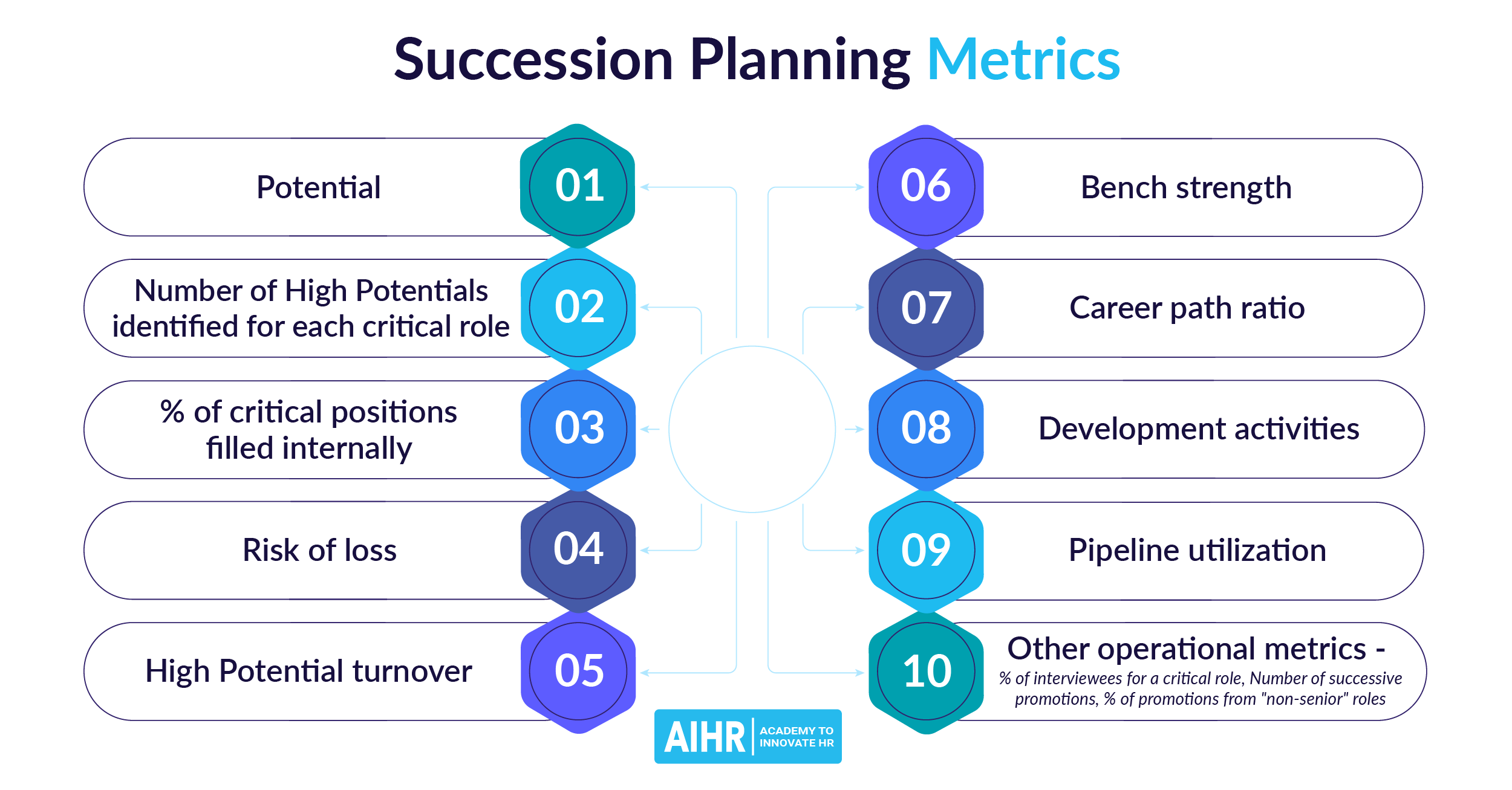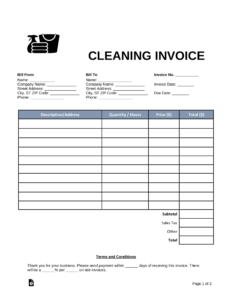Succession planning is a critical process for any organization, ensuring a smooth transition of leadership when key individuals depart or retire. Without a well-thought-out succession plan in place, companies can face significant disruptions, loss of institutional knowledge, and a decline in productivity. In this article, we will explore various succession plan examples, strategies, and best practices that can help businesses navigate this crucial phase effectively.
1. What is a Succession Plan?
A succession plan is a comprehensive strategy that identifies and develops potential candidates to fill key leadership positions within an organization. It involves assessing current and future talent needs, identifying high-potential employees, and providing them with the necessary training and development opportunities to prepare them for future roles.
2. The Importance of Succession Planning
Effective succession planning is crucial for several reasons:
- Continuity: Succession planning ensures that a company can continue to operate smoothly even in the absence of key leaders. It prevents disruptions and minimizes the impact of unexpected departures.
- Talent Development: A well-executed succession plan helps identify and nurture high-potential employees, providing them with growth opportunities and motivating them to stay with the organization.
- Knowledge Transfer: Succession planning facilitates the transfer of institutional knowledge from experienced leaders to their successors. This prevents the loss of critical knowledge and expertise.
- Stakeholder Confidence: A transparent and well-communicated succession plan can instill confidence in employees, shareholders, and other stakeholders, ensuring a smooth transition and minimizing uncertainty.
3. Succession Plan Examples
Let’s explore some real-world succession plan examples that highlight effective strategies employed by successful organizations:
Example 1: General Electric (GE)
General Electric is known for its robust succession planning process, which involves identifying and developing successors for key executive positions. GE utilizes a nine-box grid, which assesses both performance and potential, to identify high-potential individuals. The company also provides its top executives with leadership development programs and opportunities to gain experience in different business units.
Example 2: Apple Inc.
Apple Inc. has a well-documented succession plan, particularly regarding the CEO position. When Steve Jobs stepped down as CEO, he handpicked Tim Cook as his successor and worked closely with him to ensure a smooth transition. This highlights the importance of involving current leaders in the succession planning process to transfer knowledge and build relationships.
Example 3: Procter & Gamble (P&G)
P&G has a comprehensive succession planning process that identifies and develops high-potential employees for key roles. The company emphasizes rotational assignments, allowing individuals to gain experience in different functions and business units. P&G also invests heavily in leadership development programs to prepare potential successors for future challenges.
4. Key Components of a Succession Plan
A successful succession plan typically includes the following key components:
- Talent Assessment: Identifying high-potential employees through performance evaluations, assessments, and potential analysis.
- Leadership Development: Providing targeted training, mentoring, and coaching to prepare potential successors for future leadership roles.
- Knowledge Transfer: Facilitating the transfer of critical knowledge and expertise from outgoing leaders to their successors.
- Succession Policies and Procedures: Establishing clear policies and procedures that outline the succession planning process and ensure transparency and fairness.
- Communication and Engagement: Communicating the succession plan to employees, stakeholders, and potential successors to build trust, engagement, and commitment.
5. Succession Planning Best Practices
To ensure the effectiveness of your succession plan, consider implementing the following best practices:
- Start Early: Succession planning should be an ongoing process, starting well in advance of any anticipated leadership vacancies.
- Involve Key Stakeholders: Engage current leaders, HR professionals, and potential successors in the succession planning process to ensure diverse perspectives and buy-in.
- Develop a Leadership Pipeline: Identify and develop a pool of potential successors at different levels to maintain a robust talent pipeline.
- Provide Development Opportunities: Offer training, mentoring, and stretch assignments to develop the skills and capabilities of potential successors.
- Monitor and Evaluate: Regularly review and update your succession plan to align with changing business needs and evolving talent pool.
6. Conclusion
Succession planning is a critical process that ensures the long-term success of organizations by preparing future leaders to step into key roles seamlessly. By implementing effective succession planning strategies and best practices, businesses can minimize disruptions, retain top talent, and maintain a competitive edge. Remember, the key to successful succession planning lies in early preparation, talent development, and transparent communication.
FAQs After The Conclusion
1. How long does it take to create a succession plan?
The time required to create a succession plan can vary depending on the size and complexity of the organization. Typically, it can take several months to a year to develop and implement a comprehensive succession plan.
2. What happens if a succession plan is not in place?
Without a succession plan, organizations may face disruptions, loss of institutional knowledge, and difficulties in finding suitable replacements for key leadership positions. This can lead to decreased productivity, increased costs, and potential negative impacts on employee morale.
3. How often should a succession plan be reviewed and updated?
A succession plan should be reviewed and updated on a regular basis, ideally annually or whenever there are significant changes in the organization or its leadership needs. This ensures that the plan remains relevant and aligned with current business strategies.
4. Can succession planning be applied to any organization?
Yes, succession planning is applicable to organizations of all sizes and industries. Whether it’s a small family-owned business or a large multinational corporation, having a succession plan in place is crucial for long-term success and sustainability.
5. What are the potential challenges of implementing a succession plan?
Implementing a succession plan can pose several challenges, including resistance to change, identifying suitable successors, and ensuring fairness and transparency in the selection process. However, with careful planning, open communication, and stakeholder involvement, these challenges can be effectively addressed.
Summary
In summary, succession planning is a strategic process that helps organizations identify and develop potential leaders for key positions. By implementing effective succession plans, companies can ensure continuity, develop talent, transfer knowledge, and instill confidence in stakeholders. Successful examples from companies like General Electric, Apple Inc., and Procter & Gamble demonstrate the importance of early preparation, leadership development, and transparent communication in the succession planning process. By following best practices and regularly reviewing and updating the plan, organizations can navigate leadership transitions smoothly and maintain their competitive edge.





